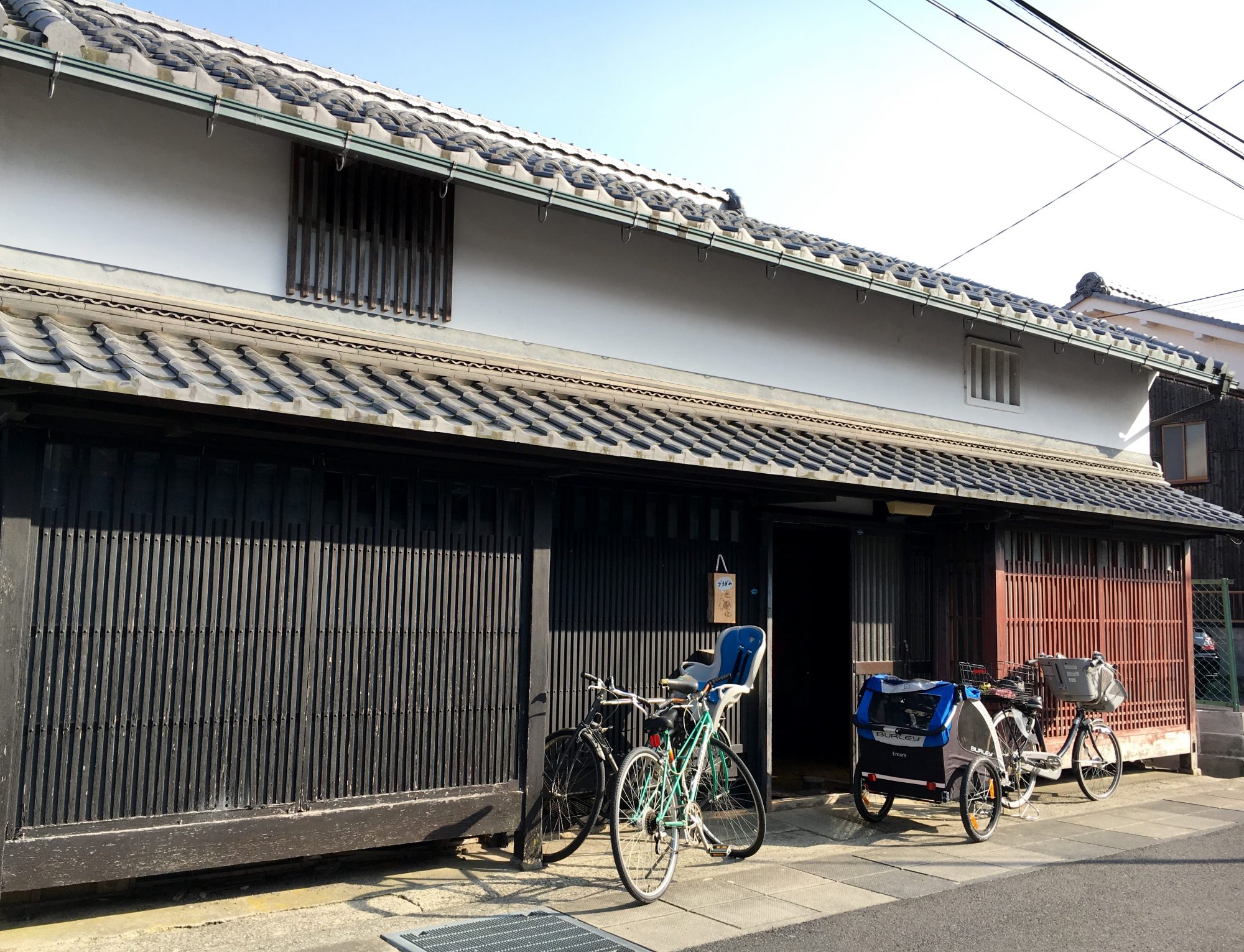When Gardiner talks about her Japanese connection, she often mentions her stepmother, Japanese Canadian Connie. It seems that Gardiner’s interests in Japan became stronger around the time she was first introduced to Connie which is also when she moved to the west coast. I started my second interview by asking her about Connie.
Sumie: Can you share with me some of your experiences with your stepmother, and consequently how you connected to your Japanese heritage.
Gardiner: At the same time that I moved to the west coast, I met Connie when my half brother Kiyoshi was born. I was in my early 20’s.
Connie is younger than my father and so she was born after the camps. This difference in their experiences may explain some of the differences in their relationships to the Japanese diaspora. My father is sometimes ambivalent about what this means to him, whereas Connie seems to me to be very practiced in and comfortable inhabiting an identity that is simultaneously Eastern and Western. To me–and this is only my own impression–it seems that Connie models what it is to be Japanese Canadian without ambivalence. She knows the Japanese words for things, she cooks Japanese food, she hosts shogatsu every year. Connie gave me my first kanji dictionary, she took me on my first trip to Japan when I was 35.
There is one tradition that Connie has taught me that is particularly grounding and that ties me to my heritage: mochitsuki. Even though we don’t use the usu and kine, (rather an automatic steamer and kneader) when we make New Year mochi, this is when I feel most connected to my own ancestors and also to a whole nation of people. In spite of all the big things that have fallen away, like language and land, the simple act of turning and shaping hot, sticky rice dough in my hands–as millions of people before me have done: mochitsuki remains. It’s like looking at the moon, it’s the same for me as it was for my ancestors.
So my connection to Connie provided me with a Japanese Canadian family. While I inherited my Japaneseness from my father in a biological sense, it has been Connie who really passed the culture to me.
Sumie: You mentioned your first trip to Japan in your 30’s… How did the experience match up or did not match up with your imagined Japan? Did the trip change you in anyway?
Gardiner: My first trip to Japan was a life-long dream come true. I don’t think I had any expectations that were met or unmet but I do remember realizing immediately that my college-level Japanese was totally inadequate for getting by and that if I was ever going to learn to speak Japanese I would need to live there and study very earnestly for an extended period of time. I also had my suspicions confirmed: that no Japanese person would see me as even remotely Japanese, regardless of my heritage.
I had a wonderful time and came back to the US with an even deeper desire to spend more time in Japan (though it would take another 20 years before I had the means to return)

In my following interviews, I would like to hear about her another identity. Gardiner as an artist. How she became interested in art, what inspires her, and what she has been making these days.

